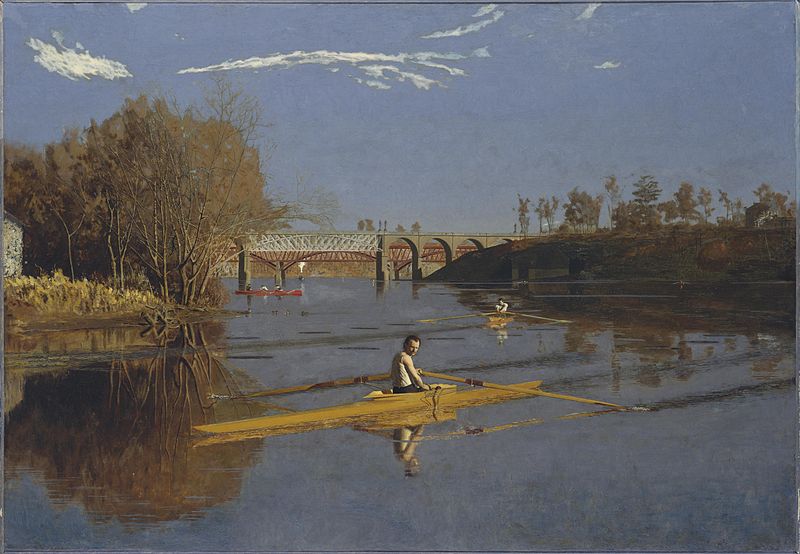REALISM ART
1848 - 1913
The understandable reaction to Romanticism sprang to life shortly after the French Revolution. Subjects were depicted as they really appeared in an almost dispassionate, journalistic manner.
Revolutions in America, France, Germany, Hungary, Austria and Italy all pitted common men against aristocracy. The ferment of the dramatic Romantics birthed a new celebration of common everyday life. A mere 50 years after Gainsborough’s aristocratic portraits, Jean-Francois Millet painted, "The Gleaners," a starkly realistic look at peasants working the land. Art traveled the same fast path as history. The Realists were dedicated to showing the world outside Louis XIV’s glittering Versailles by capturing the fervor of Revolution in the streets.
American Realists
The Realism movement took place in America slightly later than Europe. It began as a reaction to the romanticism of the American Impressionist movement popular in America at the turn of the 20th Century. Leaders of the movement were known as the Ashcan School and were a loosely knit group of painters inspired by Robert Henri. Some of the better known of these artists were Edward Hopper, William Glackens, John Sloan, George Luks, Everett Shin and George Bellows whose drawing of vagrants rummaging through an ashcan gave the movement its name.
Ashcan artists reversed the dreamy, feminine subjects of the American Impressionists in favor of gritty urban scenes. Their paintings were almost exclusively of New York City. The Ashcan School was a key point in America’s embrace of modern art. However, by the time of the famous 1913 Armory Show, which jump-started the modern art movement in America, their realistic style appeared dated as American artists turned toward more abstraction.
Luminism
From approximately 1850 to 1877 a group of American Realists became fascinated with the effects of light on landscapes. Their use of light created some astounding effects, ethereal in their appearance. These artists became known as Luminists.
The Luminists were studying the effects of light at around the same time as the Impressionsits in Europe were doing the same. However the work of the Luminists and the Impressionists look very different.
The Luminists sought to capture beautiful scenery in a highly realistic fashion and always tried to hide their brushstrokes. The Impressionists, on the other hand, were more concerned with capturing a moment in time and made their brushstrokes part of the overall aesthetic.










